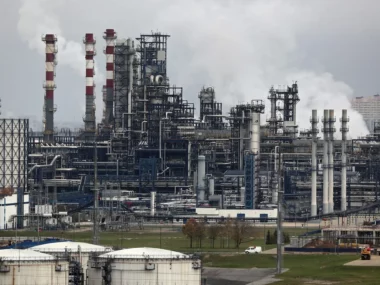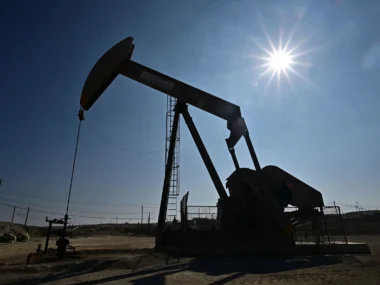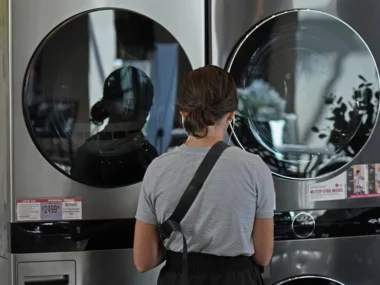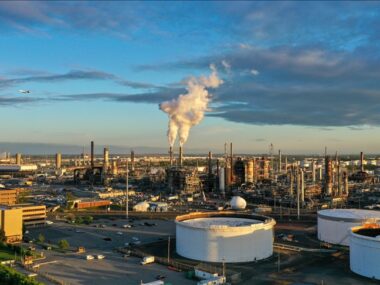Prices are still rising, but at much lower rates than the decades-high inflation rates that were observed last summer, when the rate peaked at 9.1% in June.
For the first time since June 2022, US inflation increased in August, climbing to 3.7% as prices surged toward the end of the summer due to a strong rise in energy costs.
Prices are still rising at rates that are far lower than the decades-high inflation rates that were observed last summer, when the rate peaked in June at 9.1%. Even said, rising inflation indicates that the US economy is moving further away from the Federal Reserve’s 2% goal rate, which will likely prompt policymakers to contemplate raising interest rates later this year.
The most recent Consumer Price Index data, which gauges the costs of a selection of products and services, shows that the price of energy commodities, such as gas and oil, increased by 10.5% over the previous month. As Russia and Saudi Arabia resumed their severe supply cuts in August, gas prices began to rise. This caused the price of crude oil to reach a 10-month high of $91 per barrel. More than half of the increase in the total inflation rate was attributed to higher gas costs.
Core inflation, which excludes the volatile energy and food industries from its calculation, declined in August from 4.7% to 4.3%, highlighting the effect that rising energy costs are having on the overall inflation rate.
The rate of inflation is still significantly greater than the Federal Reserve’s goal rate of 2%, despite the fact that core inflation has been higher and is declining at a slower rate than the 12-month inflation rate.
Home prices reached a near-record high in June, maintaining core inflation persistently high, despite price declines in used automobiles and health care services over the past two months. The National Association of Realtors reports that the median home price reached $413,80, which is the second-highest price ever. Although home prices dropped somewhat in July to $406,700, they are still 7.3% higher than they were a year ago.
The Fed is on pace to maintain interest rates at its next board meeting on September 20 despite a small increase in inflation. The economy, according to many officials, has not yet seen the full effects of interest rates, which are at a 22-year high of between 5.25% and 5.5%, according to economists, who claim the Fed has had a pause planned for the meeting for some time.
However, because it remains difficult to assess the state of the economy—job growth has stayed mostly stable despite high interest rates, but inflation is still below 2%—the Fed may decide to raise interest rates at next meetings. Although the Fed’s efforts to reduce inflation have not yet had a significant impact, further interest rate rises could raise economic volatility in the US and perhaps lead to a recession.
Last month, Fed Chair Jerome Powell acknowledged that the situation was precarious and said that the Fed would “proceed carefully” in determining how to adjust interest rates. The overall drop in inflation, according to Powell, has been a “welcome development,” but it is still high.
He added, “We intend to retain policy at a restrictive level until we are sure that inflation is moving stably down toward our objective, and we are prepared to hike rates further if warranted.











